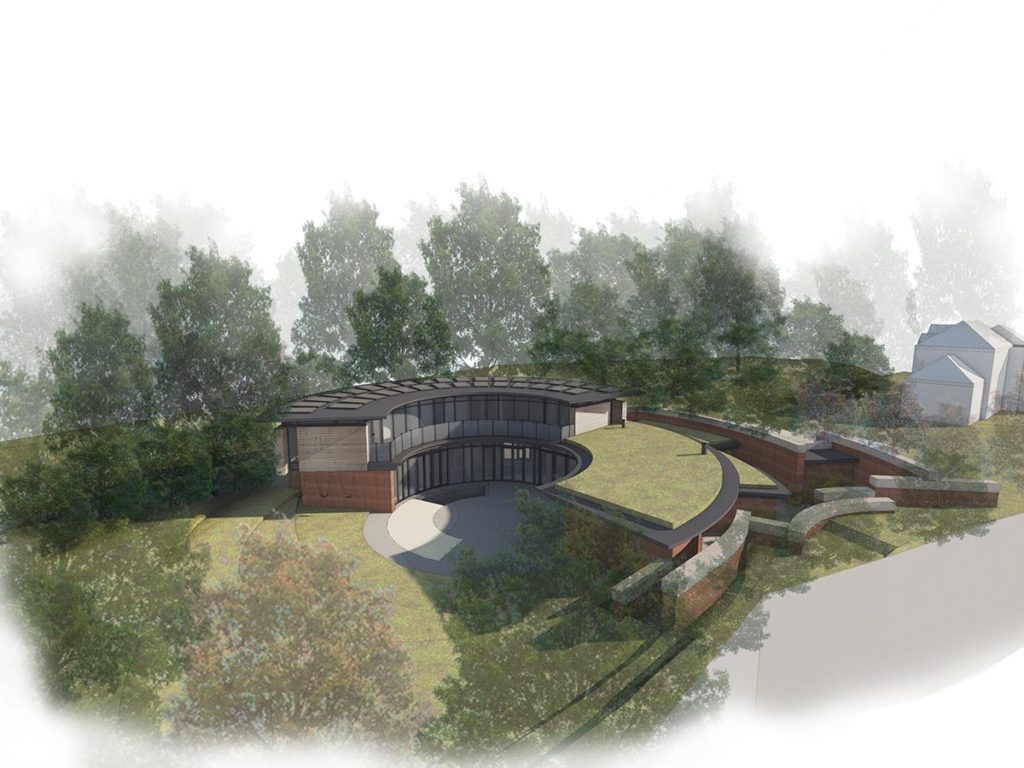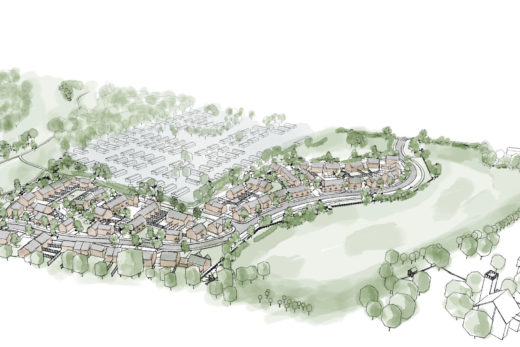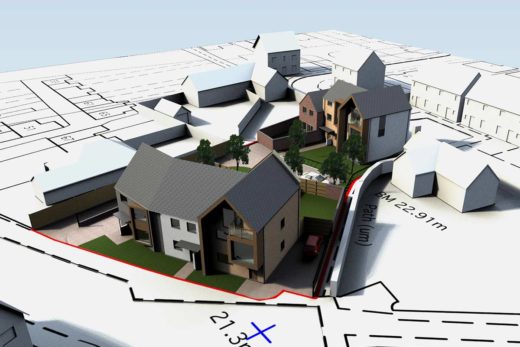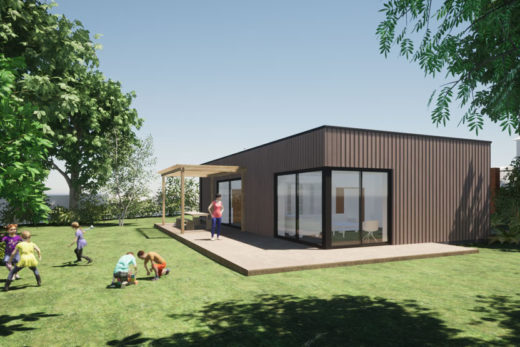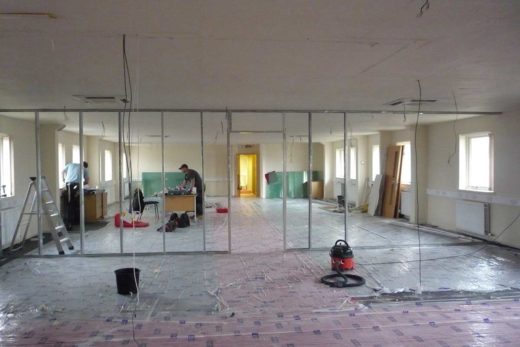
New houses are not normally permitted in open countryside or designated greenbelt. However, the National Planning Policy Framework (NPPF), paragraph 55, allows an exception for buildings of ‘exceptional quality or innovative nature of the design of the dwelling. Such a design should:
- be truly outstanding or innovative, helping to raise standards of design more generally in rural areas;
- reflect the highest standards in architecture;
- significantly enhance its immediate setting; and
- be sensitive to the defining characteristics of the local area.’
This is a very high standard to achieve.
Following our success with a previous exceptional dwelling, a private client appointed DJD Architects to help realise their ambition to create an outstanding family dwelling near Lichfield.
DJD Architects led the design team to achieving recognition from the MADE expert built environment design review panel, who have concluded that that design is fully resolved and has the qualities one would expect to find in an exceptional dwelling.
The site is outside of the settlement boundary and has a gentle fall to the south, bounded by a historic sunken lane to the west and open fields to the east. There are domestic & agricultural buildings are present nearby
DJD Architects worked with the Client and Design team to develop a proposal for a new house to take advantage of the existing topography, views and orientation.
The Clients’ brief comprised the usual domestic requirements commensurate with a 4 bedroom property. In addition they wished to accommodate a small gym, a study and domestic sprinkler system. They wanted the living areas to feel spacious and be open plan to suit the way they would like to live. There was also a strong focus on connecting with the external environment and achieving high levels of sustainability.
A concept for the house was developed by investigating previous uses of the site and its surrounding areas. Historic quarries and brickworks led our thinking towards excavations; extraction; and the emergence of solidity from holes in the ground. The road name was found to have historic links to a monastic grange which encompassed livestock and arable farming.
The house is sunken into the ground alluding to the areas historic use as the distinct, circular, forms emerge from the ground.
The concentric layout provides a framework arranging internal accommodation through a series of circumferential and radial walls. As the forms radiate from the central focal point, the building arrangement becomes more organic with opposing and non-concentric geometries forming ancillary elements of the scheme.
The tilting roofs give an appearance of ‘spinning plates’, creating visual movement around the dwelling emphasising its horizontality. The ground storey roof wraps around the front elevation pronouncing this play as the different roofs visually interact with each other.
The plan has a clear arrangement of ‘public’ family areas and ‘private’ accommodation separated by the circulation core.
The dwelling has been designed to be zero carbon, and a fabric first approach has been adopted to limit the amount of energy required to heat the dwelling.
Building services engineers were commissioned to assist with design of the low energy building services. ‘Real-time’ simulation modelling software demonstrated that the dwelling should achieve a net zero carbon rating (dwelling emission rate [DER] of zero or less calculated in accordance with SAP 2012 procedure) using a biomass boiler and 5kWp PV array. The generous overhangs provide good solar shading to ensure the dwelling does not overheat.
